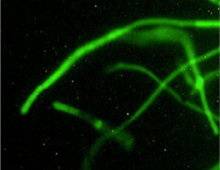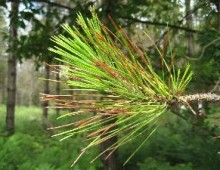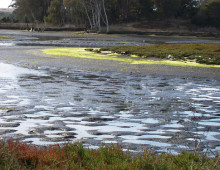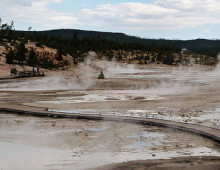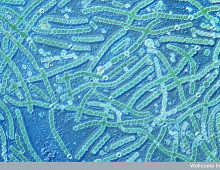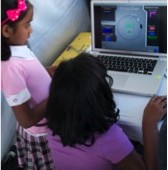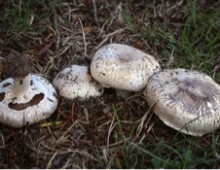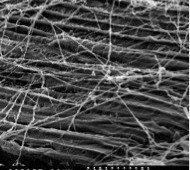Lifestyles of a fungal plant pathogen family
The fungi that belong to the Dothideomycetes family are found on every continent and can tolerate a wide range of environmental extremes. Additionally, several of the fungi are plant pathogens that infect nearly every major crop used for food, fiber or fuel. In the December 6, 2012 issue of PLoS Pathogens, an international team led… [Read More]
